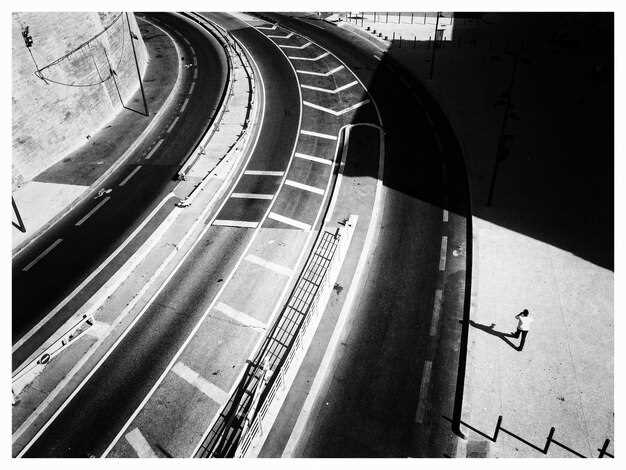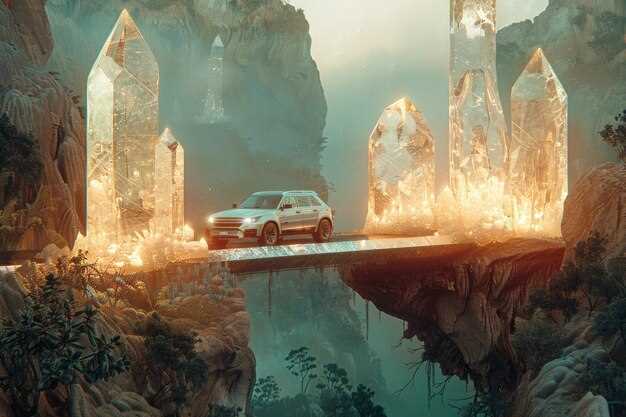
The evolution of car design is a fascinating timeline that reflects not only technological advancements but also cultural shifts and aesthetic preferences throughout the decades. From the early days of the horseless carriage to the sleek, electric vehicles of today, each era has contributed unique elements to automotive design. This article explores the incredible range of styles, forms, and innovations that have defined car design, complemented by stunning photographs that capture these milestones in history.
Each photograph serves as a visual testament to the creativity and imagination of automotive designers who pushed the boundaries of what was possible. Design is not merely about functionality; it embodies the spirit of its time–whether we look at the curvaceous lines of the 1950s or the angular shapes of modern cars. Understanding this history allows us to appreciate the intricacies involved in car creation and the societal influences that drove these changes.
As we journey through this visual narrative, we invite you to reflect on how these designs have influenced not only our roads but also our cultural identities. Join us in celebrating the rich tapestry of car design, where each photograph tells a story of innovation and passion that has shaped the vehicles we know and love today.
Key Milestones in Car Design Evolution

The evolution of car design has been marked by several key milestones that have shaped the automotive industry. Each phase in the timeline of car design reflects advancements in technology, safety, and aesthetics, transforming vehicles into the iconic machines we see today.
1. Early Innovations (1886 – 1910)
The history of car design began with the invention of the automobile in 1886 by Karl Benz. This paved the way for subsequent innovations:
- 1893: The introduction of the first gasoline-powered vehicle by Charles and Frank Duryea.
- 1908: Henry Ford introduced the Model T, revolutionizing mass production with assembly line techniques.
2. The Roaring Twenties (1920s)
The 1920s saw a shift towards luxury and style in car design:
- Art Deco Influence: The adoption of streamlined designs and ornamental details.
- Chrysler Airflow (1934): One of the first to feature aerodynamic shapes.
3. Post-War Era and Modernism (1945 – 1960)
After World War II, car design began to embrace modernism:
- 1950s: American cars became larger and more flamboyant, featuring tailfins and vibrant colors.
- 1956: The introduction of the Chevrolet Bel Air, embodying the era’s design ethos.
4. The Muscle Car Revolution (1960s)

The 1960s marked the rise of muscle cars:
- Plymouth Barracuda (1964): One of the first pony cars, blending style with performance.
- Ford Mustang (1964): A symbol of American automotive culture.
5. The Shift Towards Safety and Efficiency (1970s – 1980s)
The 1970s and 1980s emphasized safety and fuel efficiency due to energy crises:
- Seat Belts and Crumple Zones: Integration of safety features became standard.
- Compact Cars: Rise of smaller, fuel-efficient vehicles like the Honda Civic.
6. Technological Advancements and Sustainability (1990s – Present)
The late 20th century to the present has witnessed a focus on technology and sustainability:
- Electric Vehicles: The emergence of Tesla revolutionized perceptions of electric cars.
- Autonomous Technology: The integration of AI and advanced safety systems in modern vehicles.
Each milestone in car design reflects broader societal changes, technological progress, and shifts in consumer preferences, creating a rich timeline that continues to evolve with the industry.
Influential Designers and Their Iconic Creations
The history of car design features a remarkable timeline marked by visionary designers whose creativity and innovation have shaped the automotive landscape. Their work not only reflects the technological advancements of their eras but also captures the essence of style and functionality.
Giugiaro Italdesign, founded by Giorgetto Giugiaro in the 1960s, revolutionized car design with the introduction of the concept of the “wedge” shape. His iconic creation, the Volkswagen Golf, became a benchmark for compact cars, merging practicality with aesthetic appeal. Giugiaro’s designs are recognized for their clean lines and ergonomic layouts, influencing generations of automotive styling.
Mario Bellini was another pivotal figure, known for his work on the Alfa Romeo Montreal during the 1970s. This model showcased a blend of futuristic design and raw power, featuring a distinctive front end and innovative interior. Bellini’s approach emphasized the importance of emotional connection through design, paving the way for expressive automotive forms.
Enzo Ferrari, more than just the founder of the legendary car brand, was also a mastermind behind numerous designs that embodied speed and elegance. The Ferrari 250 GTO, produced in the early 1960s, remains one of the most coveted classic cars, celebrated for its aerodynamics and racing pedigree. Ferrari’s vision highlighted the combination of performance and aesthetic beauty in automotive design.
The modern era has brought forth designers like Henrik Fisker, known for his work on the Aston Martin DB9. His designs emphasize bold lines and luxurious detailing, reflecting a contemporary approach to classic aesthetics. Fisker’s influence is seen as a bridge between traditional craftsmanship and modern technology, making a lasting impact on future car models.
As preferences evolve, these influential designers continue to inspire new generations. Their iconic creations serve as milestones in the design narrative of the automotive industry, celebrating the marriage of form and function through stunning craftsmanship.
Visual Trends: A Photographic Journey Through the Decades
The evolution of car design over the decades showcases a fascinating narrative driven by shifting cultural, technological, and aesthetic influences. Each decade represents a unique visual language that reflects the aspirations and values of its time.
The 1920s marked the beginning of automotive glamour, with streamlined shapes and lavish finishes making cars a symbol of luxury. Photographs from this era capture the elegance of classic cars adorned with chrome details, long hoods, and art deco elements, celebrating both engineering and artistry.
The 1930s continued this trend but introduced more dramatic curves and aerodynamic forms in response to the growing influence of modernism. Iconic models featured pronounced fenders and sweeping lines, exemplified by manufacturers like Chrysler and Ford. Shuttered moments in photography highlight these daring designs against the backdrop of an evolving society.
In the 1940s, functionalism took center stage due to World War II, with car design reflecting practicality. The images of utilitarian vehicles emerged, focusing on survival over style. However, the post-war period heralded a revival of design inspiration, with flamboyant tailfins and vibrant colors making waves in the 1950s. The photographs from this period depict chrome-laden cars embodying optimism and freedom, such as the iconic Cadillac Eldorado.
The 1960s introduced a wave of innovation, fueled by the muscle car craze. Photographers captured the raw power of cars like the Ford Mustang and Chevrolet Camaro, emphasizing aggressive lines and bold graphics. This decade also saw the rise of compact designs, influenced by the need for efficiency and practicality in a rapidly changing world.
The 1970s and 1980s brought environmental awareness, with car designs shifting towards fuel efficiency and safety. The influence of Japanese manufacturers introduced a new aesthetic characterized by smaller, simpler forms. Photographs highlight the contrast between the bulky styles of previous decades and the sleek, compact shapes gaining popularity.
As we approached the 1990s, technology began to transform design philosophies. The emergence of digital tools allowed for exploration of new materials and shapes, resulting in cars that were not only functional but also strikingly unique. Images from this era reveal a blend of traditional curves and contemporary lines, creating a visual dialogue between past and future.
Entering the 21st century, car design has entered uncharted territory with the rise of electric vehicles and sustainable practices. Current photographs often depict minimalist designs, focusing on aerodynamic efficiency and advanced technology integration. The visual trends of today reflect a commitment to both functionality and the environment, signaling the transformative shift in automotive design philosophy.
This photographic journey reveals how each decade’s design trends are more than just aesthetic choices; they embody the spirit of their times, capturing the aspirations and innovations of society. The visual evolution of car design continues to inspire new generations, offering insights into the past while paving the way for future innovations.





